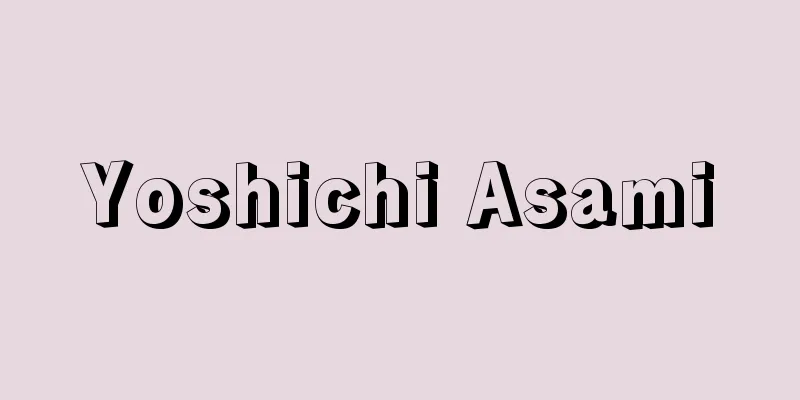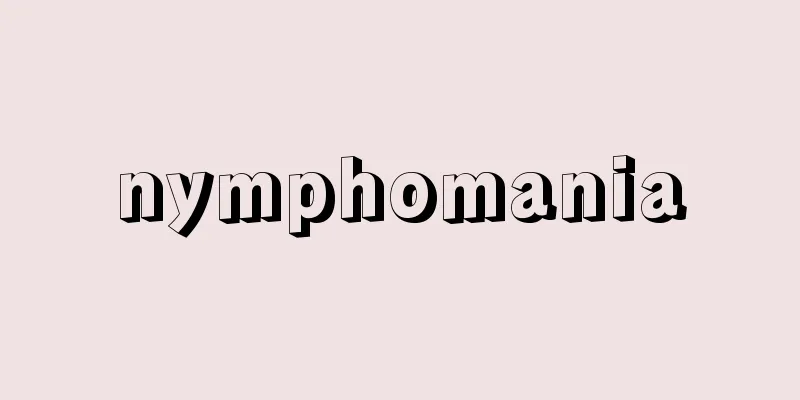Hungarian - Hungary
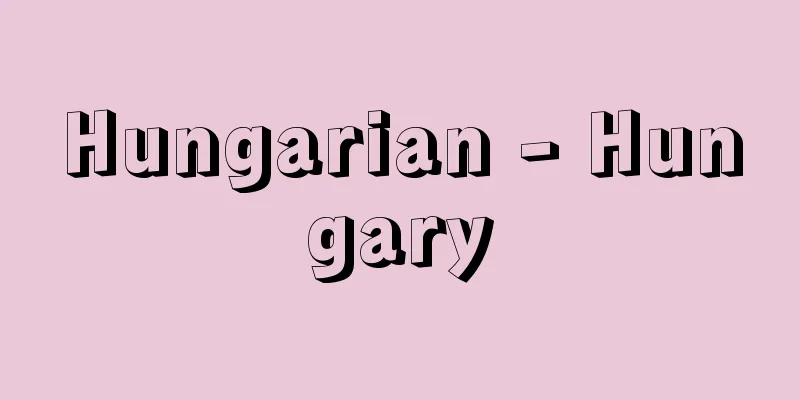
|
It is a language belonging to the Ugric branch of the Uralic language family. It is most closely related to the Ob-Ugric languages (Mansi and Khanty) of Western Siberia. It calls itself Magyar. The total number of Hungarian speakers is about 14 million, of which about 10 million live in Hungary, while the rest live as minorities in Transylvania in Romania (about 1.6 million), northern Yugoslavia (about 500,000), Slovakia (about 400,000), Ukraine (about 150,000), and eastern Austria (about 15,000). There are also significant Hungarian speakers among Hungarian immigrants in the United States, Canada, and Australia. Dialectal differences are not that great, but the Székely dialect of Transylvania and the Paróc dialect of Slovakia show notable characteristics. Hungarian language is characterized by strict vowel harmony in phonology, nearly 20 cases indicated by case endings in morphology, personal endings for nouns, subject and object conjugations for verbs, and no copulas in sentences with third person subjects. The Hungarian (Magyar) people migrated from their presumed native land near the Ural Mountains to their current homeland, the Danube Basin, at the end of the 9th century, and during that time Hungarian borrowed many words from Turkic languages. After settling in the Danube Basin, they also adopted many loanwords from the surrounding Slavic languages, and from German during the Habsburg-Austrian era. As for ancient records in Hungarian, names of places and people were already recorded in documents from the Byzantine Empire around the 10th century, but the oldest document written in Hungarian is a short "To the Dead" inserted in a Latin document from the late 12th century. The Latin alphabet is still used today. [Tokunaga Yasumoto] "Hungarian in 4 Weeks" by Juichiro Imaoka (1969, University Press) " "Hungarian I" by Etsuko Iwasaki and Erzsébet Kestusz Asatsu (1987, University Press)" Source: Shogakukan Encyclopedia Nipponica About Encyclopedia Nipponica Information | Legend |
|
ウラル語族のウゴル語派に属する言語。系統的には西部シベリアのオビ・ウゴル語(マンシ語・ハンティ語)ともっとも近い親縁関係にある。自らはマジャール語と称する。ハンガリー語を話す人口総数は約1400万人で、そのうち約1000万人がハンガリー国内におり、他はルーマニアのトランシルバニア地方(約160万)、旧ユーゴスラビアの北部(約50万)、スロバキア地方(約40万)、ウクライナ地域(約15万)、オーストリア東部(約1万5000)などに少数民族として住んでいる。このほか、アメリカ、カナダ、オーストラリアなどのハンガリー系移民のなかにもかなりのハンガリー語人口がある。方言的差異はそれほど大きくはないが、トランシルバニア地方のセーケイ方言、スロバキア地方のパローツ方言は顕著な特色を示す。ハンガリー語の特徴としては、音韻面では厳密な母音調和をもつこと、形態面では、格語尾によって示される格の数が20近くあること、名詞の所属人称語尾があること、動詞の人称活用に主体活用のほか対象活用があること、また、三人称を主語とする文において繋辞(けいじ)(コピュラ)を用いないこと、などがあげられよう。ハンガリー(マジャール)民族は、その先住地と推定されるウラル山脈付近から長期間の民族移動によって、9世紀末に現在の住地、ドナウ盆地に入ったが、その間ハンガリー語はチュルク語から多くの語彙(ごい)を借用した。さらに、ドナウ盆地に定住したのちは、周辺のスラブ諸語から、またハプスブルク・オーストリアの統治時代にはドイツ語から、多くの借用語を受け入れた。ハンガリー語の古い記録に関しては、すでに10世紀ごろの東ローマ帝国の文書に地名・人名などが記されているが、ハンガリー語で書かれた最古の文献は、12世紀末のラテン語文書中に挿入された短い「死者の辞」である。文字は現在もラテン文字が用いられる。 [徳永康元] 『今岡十一郎著『ハンガリー語4週間』(1969・大学書林)』▽『岩崎悦子、浅津ケステューシュ・エルジェーベト著『ハンガリー語I』(1987・大学書林)』 出典 小学館 日本大百科全書(ニッポニカ)日本大百科全書(ニッポニカ)について 情報 | 凡例 |
>>: Hungary - Hungary (English spelling)
Recommend
Fukatsu City - Fukatsu City
An ancient Japanese market. According to the 27th...
Cape Flattery (English spelling)
A cape in the northwestern tip of Washington State...
Joraisi - Joraisi
A writer of Kanazoushi (Japanese traditional writ...
Wilkins, C.
…In 1783, the British judge W. Jones (1746-94) wa...
Ultimate weapon
The term came into use around the end of the 1950s...
Gorter, J.de (English spelling) GorterJde
…It is not clear when the European word melanchol...
Tile hanging
… [Tile Hanging] In areas where the wooden tiles ...
Lunar Society of Birmingham
A private scientific research society founded in B...
Qiana
...Due to its high strength and lightness (specif...
World Wide Fund for Nature
A global nature conservation organization, former...
AMEX - American Express
American Stock Exchange : A stock exchange in the ...
Double blind test
...In other words, the efficacy and safety for th...
Ube Cement Manufacturing Co., Ltd.
...The company's founding dates back to 1897,...
Cucuruz - Cucuruz
...This type of small cloak was passed down to th...
Hockham, GA
…He studied at the University of London and worke...


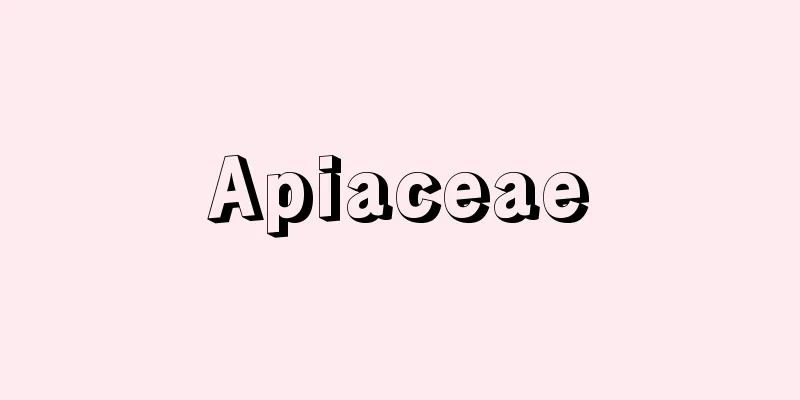

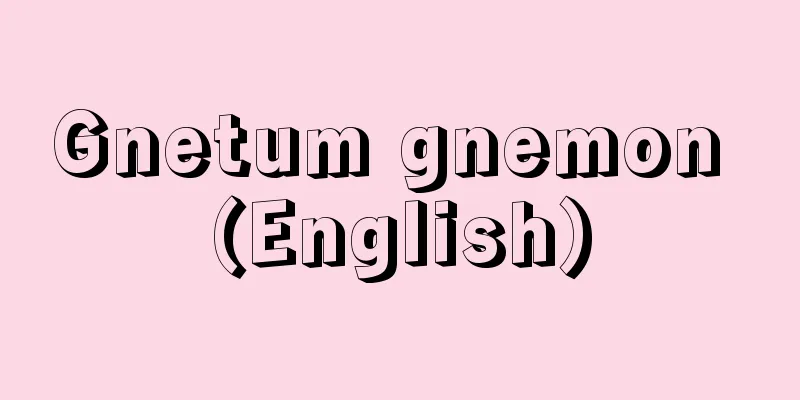
![Citicorp [company] - Citicorp](/upload/images/67cbc57fa0527.webp)
